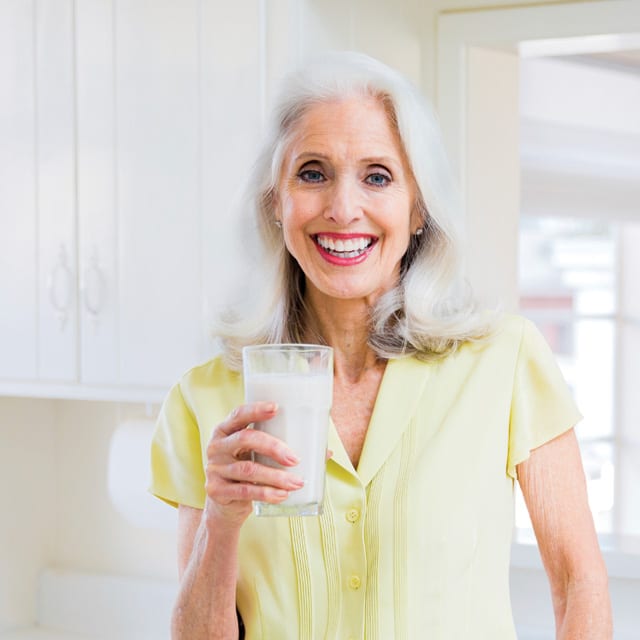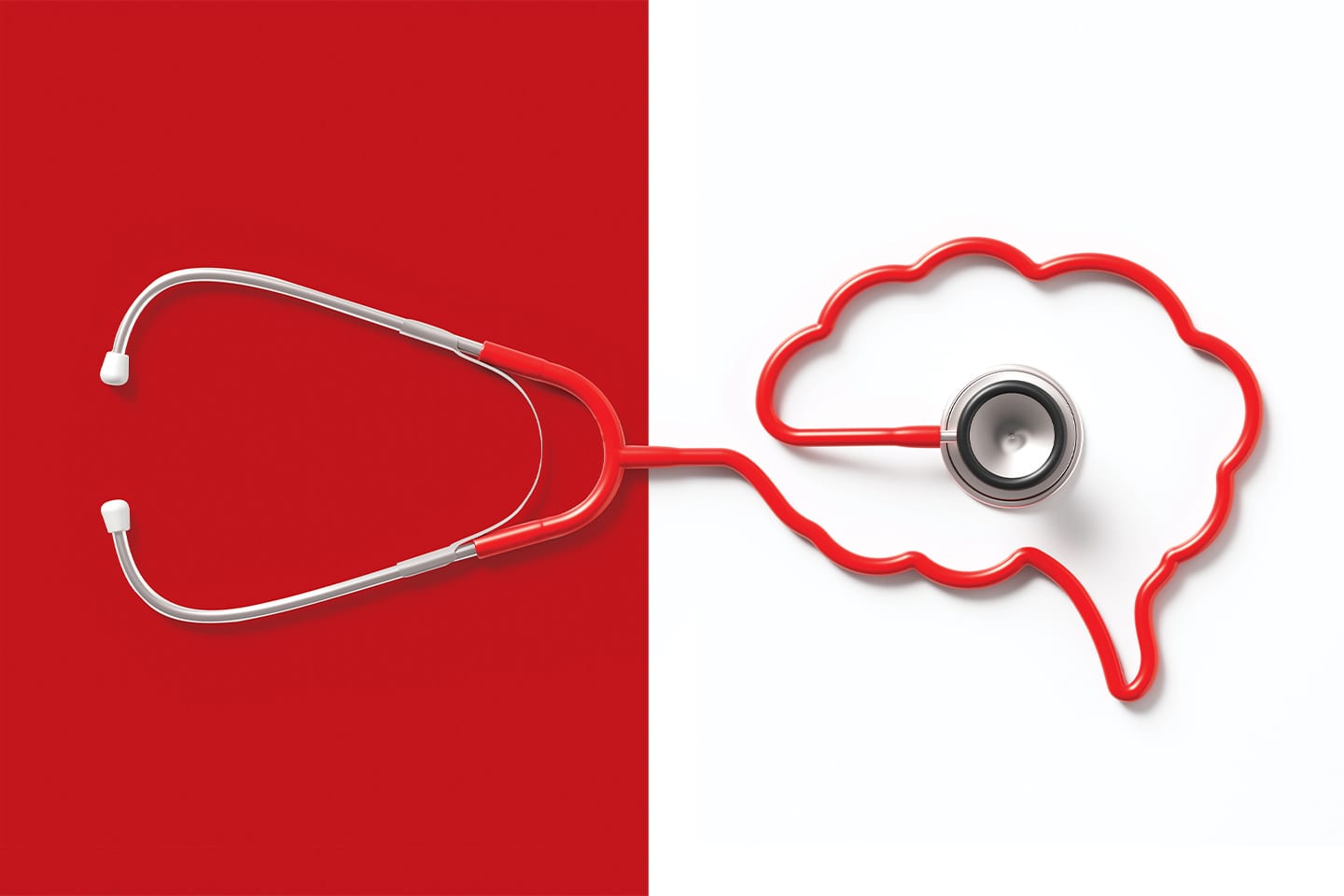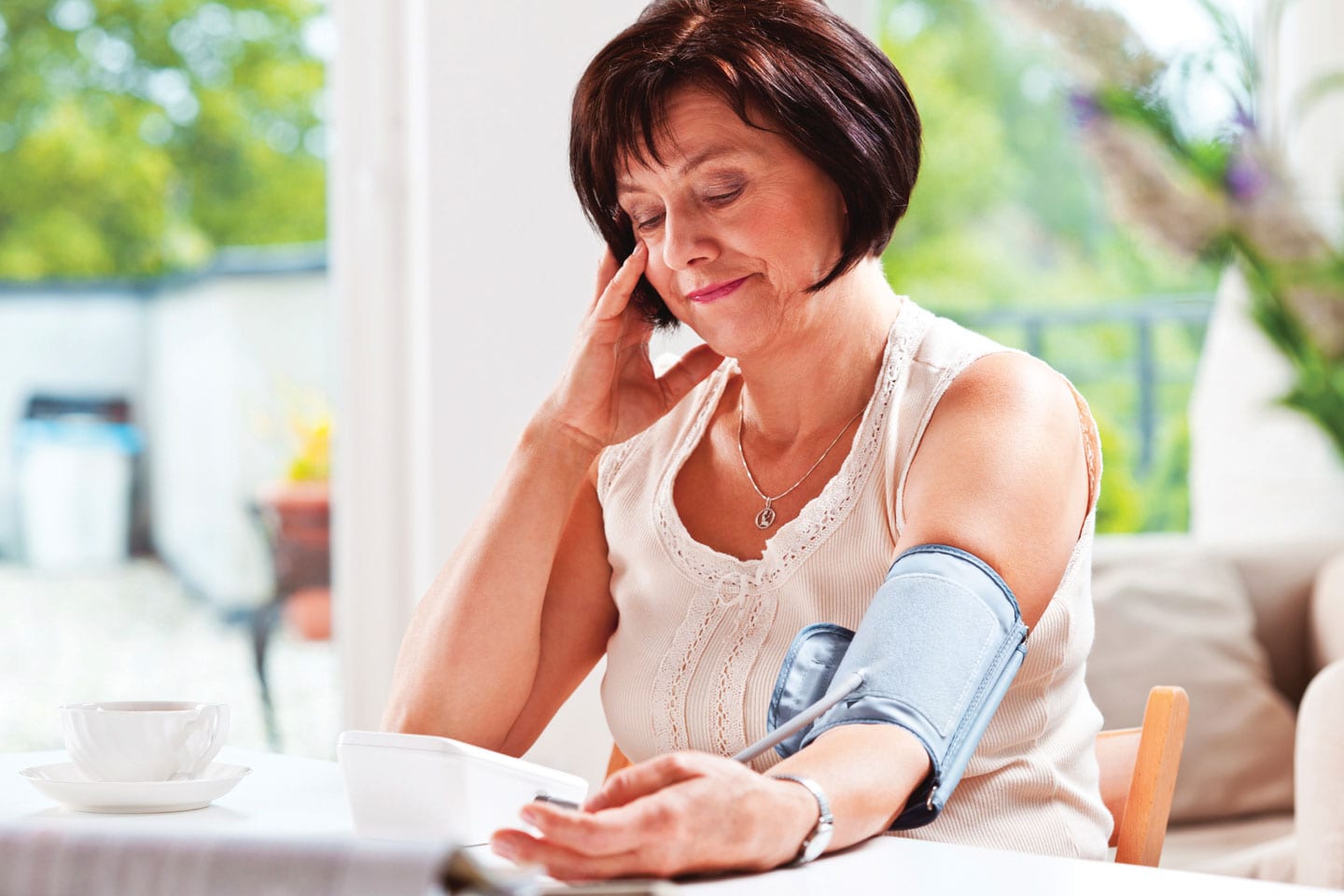How Not to Get Osteoporosis as You Age
With Osteoporosis Awareness Month approaching in May, now is a great time to open up about this “silent disease” and crack its code before it cracks your bones.
By Claire Henley Miller


#1. Learn the Facts About Osteoporosis.
Osteoporosis is a chronic bone disease that occurs when bone mass deteriorates or your body makes too little bone. The National Osteoporosis Foundation reports that of the estimated 10 million Americans with osteoporosis, about 80% are women.
“Women, and specifically post-menopausal women, are more susceptible to bone loss because their bodies produce less estrogen, a hormone that supports bone formation,” says Alisha Landes, executive director of The Lantern at Morning Pointe Alzheimer’s Center of Excellence.



Nicknamed the “silent disease,” the condition grows worse without causing any symptoms – often, until it’s too late. “Most cases aren’t diagnosed until the person breaks a bone,” Landes says.
Think of osteoporosis like a riverbank that the rain gradually washes away. At first, you notice no change. Until the riverbank becomes so weak it collapses. An estimated one in two women and one in four men over age 50 will break a bone because of osteoporosis, according to the National Osteoporosis Foundation.
#2. Pinpoint Your Own Risk.
Women are at greater risk for osteoporosis, but the disease targets men too. It’s important for everyone to know the risk factors. Two categories exist: controllable and uncontrollable.
Uncontrollable risk factors include being age 50 or older, being female, having undergone a hysterectomy, and going through menopause. If you have a family history of osteoporosis you may be at risk. Also, petite-bodied people and those who have had broken bones in the past have a higher possibility of developing the disease.
Controllable risk factors include a lack of calcium, vitamin D, fruits, and veggies in your diet. An overdose of protein, sodium, and caffeine fall under controllable risk factors as well. Leading an inactive lifestyle, smoking, and drinking excessive amounts of alcohol could also weaken your bones. Furthermore, undergoing rapid weight loss increases your chance of osteoporosis.
FAST FACTS
• Osteoporosis strikes when bone mass deteriorates and when the body makes too little bone.
• It weakens bones and leads to fractures, called fragility fractures.
• Women age 50 or older are at greatest risk, but the disease targets men too.
• In the five to seven years following menopause, a woman can lose up to
20% of her bone density.
#3. Boost Your Calcium.
Up to 99% of the total calcium in your body is found in your bones, so when you don’t get enough of the nutrient in your diet, your body starts to steal it from these reservoirs. The result is that you’re left with weaker bones. It’s like a game of Jenga: you can only remove so many blocks before the tower tumbles.
You can safeguard against this process by including more calcium-rich foods – like dairy products and dark leafy greens – in your diet to maintain strong and healthy bones. If need be, you can receive additional calcium in the form of over-the-counter supplements.
According to Dr. Mitch Frix, orthopaedic surgeon and medical director of Hamilton Sports Medicine, most postmenopausal women will need to boost their calcium intake with a supplement. “We usually recommend women age 50 and older consume 1800 to 2000 mg of calcium a day by combining calcium-rich foods with supplements,” he says.
#4. Boost Your Vitamin D.
Make sure you get enough vitamin D, too. This nutrient accomplishes the renewal and mineralization of bone, and your body needs it to absorb calcium from the digestive tract.
Vitamin D deficiency is common among all age groups. However, there are many easy ways to get more of this nutrient. One simple way is to expose your bare skin (without sunscreen lathered on) to the sun for 10 to 20 minutes a day. You can also boost your vitamin D levels by eating vitamin D-rich foods and addressing any remaining deficiency with a supplement.
Like calcium supplements, vitamin D supplements play an important role in a woman’s health as she ages, says Dr. David Bowers, medical director and admitting physician at Siskin Hospital for Physical Rehabilitation.
“For any postmenopausal woman, it’s a wise move,” he says. “The good thing about vitamin D is that it’s a fat soluble vitamin, so it can stay in your body for a longer period of time.”


#5. Build Up Your Strength.
Getting serious about increasing your activity levels can significantly offset your risk of osteoporosis. Aim for at least 30 minutes of exercise on most days of the week.
For best results, make sure your exercise routine includes weight-bearing activities—like yoga, dancing, brisk walking, or hiking. “The more weight you bear, the more mass you will build,” says Dr. Frix.
Also, work in some muscle-strengthening exercises—like squats, push-ups, and planks—to enhance coordination, balance, and mobility. “Building muscle strength will help protect from falls and reduce the likelihood of fractures,” says Landes.
#6. Background Check Your Meds.



Medical Director,
Admitting Physician
Siskin Hospital for Physical Rehabilitation
While some medications are considered “bone friendly,” others have side effects that could decrease bone density. For example, long-term use of corticosteroids like prednisone can severely affect your bone health, according to Dr. Bowers. “Patients on steroids will undoubtedly get osteoporosis as time goes on if they don’t take action to prevent it,” he says.
Additionally, certain medications prescribed for seizures, acid reflux, depression, and certain types of cancer may decrease bone density. This doesn’t mean you should stop taking your medications. Rather, talk with your doctor to weigh the pros and cons. Your doctor may prescribe a bone-maintenance drug to offset the risk.
# 7. See Your Doc.
Doctors recommend all women be screened for osteoporosis by age 65 and all men be screened by age 70. You will need a screening even sooner if you’ve been on certain medications (see #6) or you have undergone a hysterectomy.
According to Drs. Bowers and Frix, osteoporosis is vastly untreated – but it’s never too late to learn your risk and take steps to strengthen your bones.
“There is a lot to do for our health, but we really need to pay attention to our bones because a hip fracture can cause tremendous devastation,” says Dr. Bowers. “One year after a hip fracture, an estimated 50% of patients will be disabled, while an estimated 20 to 30% will die.”



Orthopaedic Surgeon,
Medical Director
Hamilton Sports Medicine
For those who have already suffered a fracture, seeing a doctor for treatment grows even more important. “For these patients, risk of a second fracture is 40 to 70% higher if the osteoporosis remains untreated,” says Dr. Frix. “The good news is, you can significantly lower your risk of suffering a second event by seeing your doctor. Proper treatment can lower your risk of fracture between 30 to 40%.”
See Related Articles










